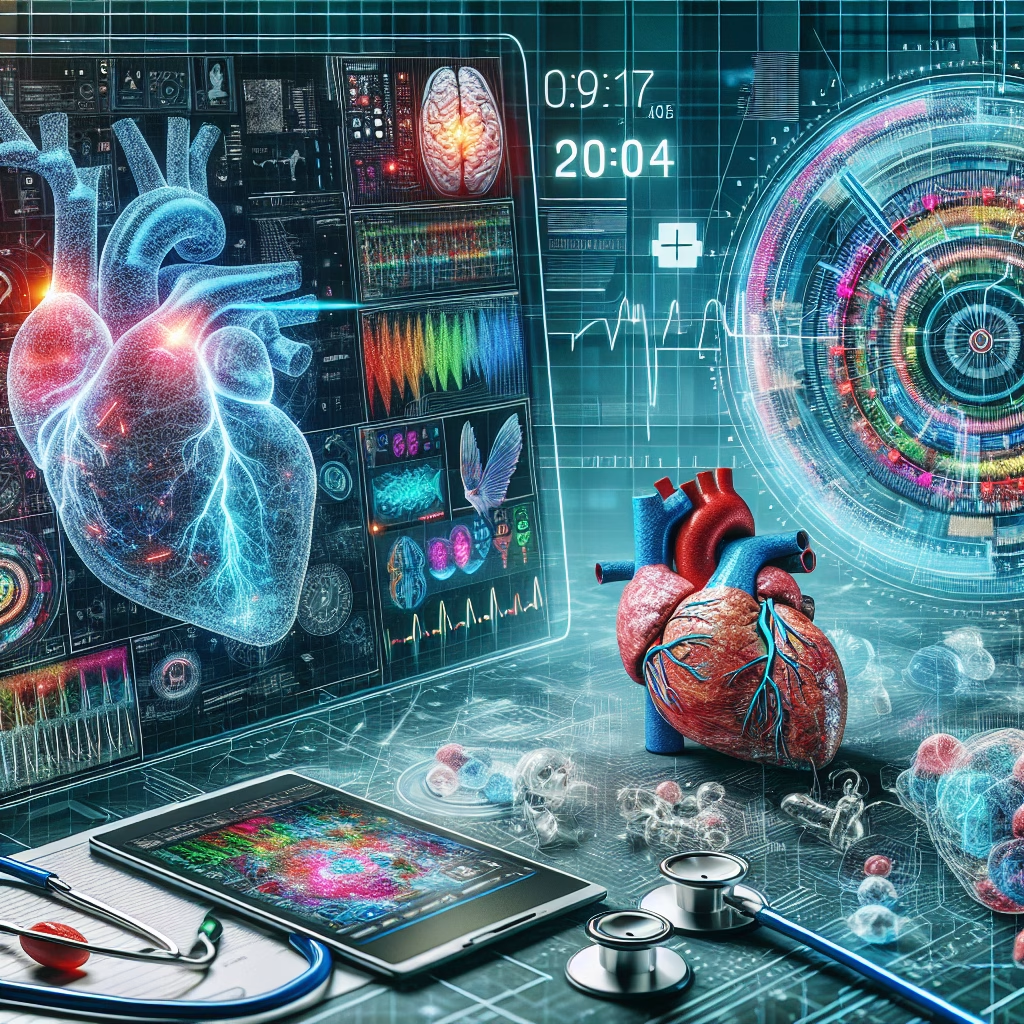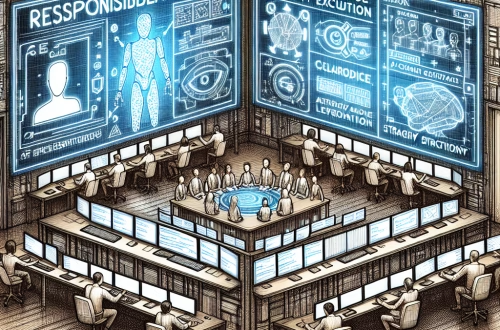AI Models for Medical Image Diagnosis
Summary:
AI models for medical image diagnosis are transforming healthcare by automating the analysis of X-rays, MRIs, CT scans, and ultrasounds. These models use deep learning techniques, such as convolutional neural networks (CNNs), to detect abnormalities like tumors, fractures, or infections with high accuracy. They help radiologists reduce workload, minimize human error, and expedite patient care. This article explores how AI-powered diagnostics work, their benefits, limitations, and real-world applications for medical professionals and newcomers to AI.
What This Means for You:
- Faster and More Accurate Diagnoses: AI models can analyze medical images in seconds, reducing waiting times for patients. If you’re a healthcare provider, integrating AI tools can enhance workflow efficiency.
- Complementary Tool, Not a Replacement: While AI improves diagnostic precision, it should assist—not replace—human radiologists. Ensure AI predictions are reviewed by specialists for validation.
- Cost and Implementation Considerations: Small clinics may face high initial setup costs for AI diagnostic tools. Research cloud-based AI solutions as a cost-effective alternative.
- Future outlook or warning: AI in medical imaging is advancing rapidly, but ethical concerns like data privacy and algorithmic bias remain unresolved. Regulatory standards will tighten, so staying informed on compliance is crucial.
AI Models for Medical Image Diagnosis
Artificial Intelligence (AI) has revolutionized medical imaging by introducing automated diagnostics that improve accuracy, speed, and efficiency. Medical image diagnosis involves interpreting complex scans to identify diseases, fractures, or abnormalities. AI models, particularly deep learning-based approaches, assist radiologists in processing vast amounts of imaging data with minimal human intervention. Below, we explore how these models work, their applications, and key considerations.
How AI Models Analyze Medical Images
AI models for medical imaging primarily rely on convolutional neural networks (CNNs), a subset of deep learning designed to process visual data. These models are trained on labeled datasets containing thousands of annotated medical images, learning to recognize patterns associated with diseases such as:
- Lung cancer detected in CT scans
- Brain tumors identified in MRIs
- Breast cancer flagged in mammograms
Once trained, AI models can classify new images by comparing them to learned patterns, providing probabilistic diagnoses.
Best Use Cases for AI in Medical Imaging
AI models excel in scenarios requiring high-volume, repetitive image analysis:
- Early Disease Detection: AI can identify early-stage cancers more accurately than traditional methods.
- Emergency Radiology: Instant detection of fractures, hemorrhages, or pulmonary embolisms aids trauma centers.
- Chronic Disease Monitoring: AI tracks disease progression in conditions like multiple sclerosis.
Strengths of AI in Medical Imaging
- Speed – Analyzes images in seconds, reducing reporting delays.
- Consistency – Less prone to fatigue-related errors compared to human radiologists.
- Scalability – Processes thousands of images daily, ideal for large hospitals.
Limitations and Challenges
- Data Bias – AI trained on limited demographics may underperform on underrepresented groups.
- False Positives/Negatives – Overreliance without human oversight risks misdiagnosis.
- Integration Costs – Deployment requires infrastructure upgrades and staff training.
Ethical and Regulatory Considerations
AI in medicine must comply with HIPAA (U.S.) and GDPR (EU) regulations. Ensuring patient data privacy and preventing algorithmic bias are ongoing concerns.
Future of AI in Medical Imaging
Advancements in federated learning (multi-institution AI training) and explainable AI (transparent decision-making) will shape the next generation of medical diagnostics.
People Also Ask About:
- Can AI models replace radiologists? No, AI acts as a decision-support tool. Radiologists verify findings and apply clinical judgment for final diagnoses.
- What types of medical images can AI analyze? AI models interpret X-rays, MRIs, CT scans, ultrasounds, and even retinal scans for diabetic retinopathy.
- How accurate is AI in medical imaging? Leading models achieve >90% accuracy in detecting certain cancers, but performance varies by disease and dataset quality.
- Is AI for medical imaging FDA-approved? Yes, several AI diagnostic tools, including those for stroke detection, have received FDA clearance.
- What are the risks of AI in radiology? Risks include misdiagnosis from poor-quality training data and cybersecurity vulnerabilities in cloud-based systems.
Expert Opinion:
The adoption of AI in medical imaging is accelerating, but human oversight remains essential. AI improves efficiency but should not be used in isolation due to inherent biases and diagnostic limitations. Continuous model auditing and diverse training datasets are necessary to enhance reliability. Future advancements must focus on regulatory compliance and interoperability with existing hospital systems.
Extra Information:
- Radiological Society of North America (RSNA) – AI Resources – Guidelines on implementing AI in radiology practices.
- FDA AI/ML Regulations – Updates on U.S. regulatory policies for AI diagnostics.
Related Key Terms:
- Best AI models for radiology diagnostics in 2024
- Medical image segmentation using deep learning
- AI-powered chest X-ray analysis for pneumonia
- Convolutional neural networks in healthcare imaging
- Ethical concerns in AI-based cancer detection
Check out our AI Model Comparison Tool here: AI Model Comparison Tool
*Featured image generated by Dall-E 3





